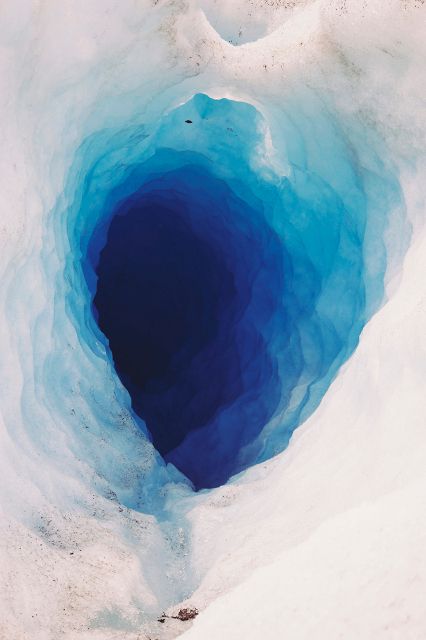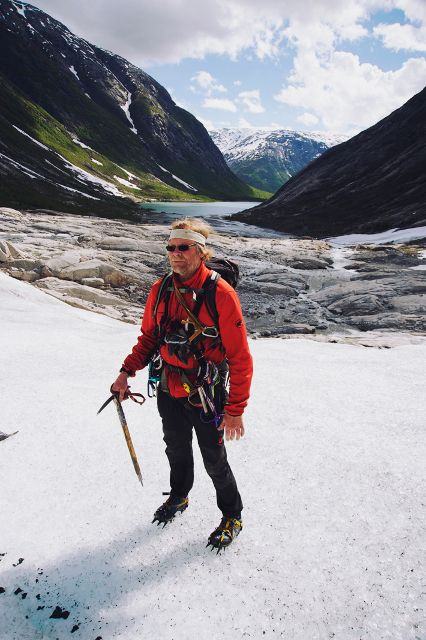Last-Minute NYC Holiday Gift Guide 🎁
We’ve created a holiday gift guide with presents for the intrepid New Yorker that should arrive just in time—


We had driven over five hours to get to Jostedalsbreen, Europe’s largest glacier, situated north of the famous Sognefjord. More than ten thousand years ago, the ice age left Norway covered in a large sheet of ice. As the climate grew warmer, the glacier eventually began to melt away, leaving behind what is Jostedalsbreen today.
At over 480 square kilometers, the glacier covers the mountain plateau northwest of Jostedalen. For centuries, scientists have come here to study the post-glacial development of landscape and vegetation in the area. These scientists determined that Jostedalsbreen is at least 5,000 years old.

We stood at the lake in front of Nigardsbreen, one of the most popular outlets of the Jostedalsbreen, waiting patiently to be fitted for my crampons. These traction devices would not only improve my mobility on the ice, they could also save our lives.
From the parking lot at the base of Nigardsbreen, the tongue of the glacier is still a ten-minute boat trip and a 20-minute walk away. On the boat ride, we lost our thoughts in the glacier-blue water of the lake. When we looked up again we were already surrounded by steep snow-covered hills, with nowhere to go but up the large sheet of ice in front of us.
Although Jostedalsbreen is a beautiful blue sprinkled with spots of black minerals, it is a difficult three-hour hike to the top. We zigged and zagged, relying on the expertise of our guide to avoid dangerous thin ice. A few times we stopped to look at beautiful tunnels that had formed in the ice where the glacier had melted away. By the time winter arrives, some of these tunnels will have melted to a size big enough for people to walk through them. When we reached our halfway point, we noticed another group of fellow hikers. From across the glacier, they looked like black dots against the enormous backdrop of white and grey.

The last hour before we reached our final point was the hardest and steepest. The vertical incline was so great that we could no longer see the lake below us. When we finally reached the top, we were surrounded by snow-filled hilltops. As we gazed out at the pristine sight in front of me, we stood amazed at the beauty and power of nature. We had climbed Europe’s largest glacier – a piece of history that had been formed thousands of years before us, and will remain thousands of years after.

Subscribe to our newsletter